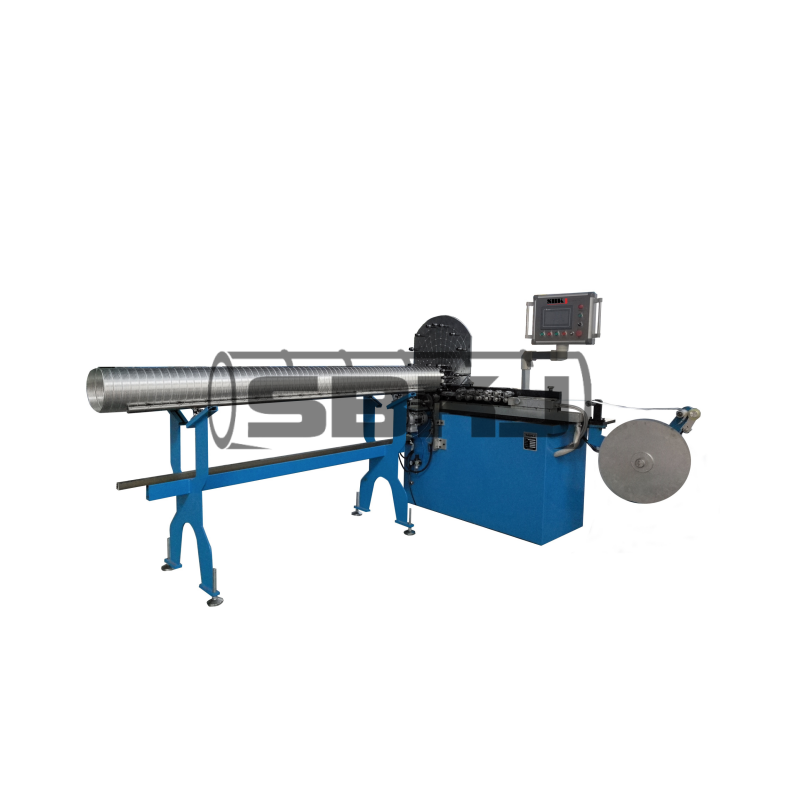Гаднаас үзэхэд, спот холбогдох нь автобус төгсгөлийн байгуулалт, амьдралын бүтээлчлэлийн тухайн жишээнд маш их зориулж буй магийн өрөөнд орсон ур чадвар юм. Тодорхой газар дээр шинжилгээний дагуу давхарга, цахилгаан ашиглан хоёр эсвэл түүнээс их тээврийн цахилгаан листүүдийг нэвтрүүлэх концепт нь илүү тодорхой (хоёулаа эсвэл түүнээс их тээврийн цахилгаан листүүдийг нэвтрүүлэх) процесс нь ихэвчлэн томъёолгоор байдаг. Дараа нь бид програмчлалын бүтээлчлэлийн төрөл бүрийг эхлэгчийн үедээ ихэвчлэн судалж, танд гарч болох асуудлууд, бодlogo буюу хариултуудыг харах, энэ хялбар боловсролын туршлагаа яаж эхлэх вэ гэдгийг үзэх болно - түүнд хамаарах тодорхой тодорхойчдыг би хамгийн сүүлчийн үед нь тайлбарлах болно -, эхлэгчид дахь хэцүү байдлыг анхаарах, эхлэхэд хамаарах тодорхойчдыг сурах, энэ нь хамгийн сүүлчийн үедээ сайн бүтээгдэхүүн болгон хөгжихийг хүсье.
Эхлэгчийн үндсэн
Хичээлтэй бусад хүнд, цэвэр тавьх нь... их хотын үзэгдэл юм: идэвхгүй шугам зуурч, үржигддэг болон гадаад машинууд нэгтгэнэ. Эхний уулзалт нь дундаас эхлээд асуултыг олоход хөгжин: хэд хэмжээний хүчийг зөвшөөрөх вэ? Зөв хэмжээний ампер ямар вэ? Энэ нь эхлэцгээний дагуу сургалтын үргэлжлэх хугацааг анхны үед том байдаг ч, тоног төхөөрөмжийн тухай нэгдүгээр мэдлэг авснаар энд хэрэгжүүлэх ёстой зүйлсийг мэдэхэд маш ихээр хязгаарлагдаж байдаг.
Чаллын талаар ба хурдан засвар
Тоног төхөөрөмжийн танилцуулга
Эхлэгчид дахь нэгэн их чаллаа: Програмчлалд сурахдаа ихээхэн их чаллаа нь цэвэр тавьх машин ашиглах юм.
Засвар: Машинийн хяналтын товчоогөө эхлээд унших үед, мөн төрөөсөө хамгийн их боломжтой тохиолдолд видео туorial-уудыг үзэх эсвэл професионал барилгын татангуутайг нь танилцуулах. Танд үр дүнтэй болохын тулд үзүүлэгч, төгсгөл, тохиргоо хийх үед ямар үйлдэл хийхийг мэдэх хэрэгтэй.
Нэгжийн үр дүн нэг нэгтэй
Асуудал: Батарейгийн хэсгүүдийг авtomат дулаар нэвтрүүлэх газар тухайн машин нь эерэг ажиллахыг хадгалах шаардлагатай, зөвхөн ихгүй нусан давтамж эсвэл амперийн өөрчлөлт ч үнэн зөв биш үзэгчид гаргаж болно.
Хэлбэр 2: Зориулалтгүй цэцэгтэй metall дээр нэвтрүүлэх болон сэтгэлд багтаах хэвээр суулгах. Цэцгийг илүү тэнцвэртэй байдлаар дулаарлах эсвэл зогсоож байгаа metall-ын хэсгүүдийг илүү тугтай байдлаар дулаарлах.
Нэвтрүүлэх сургалтын өргөн замыг орчин
Түүний нэвтрүүлэх ур чадварыг өөр хэлний дагуу суралцахад холбоотой болгон өгүүлсэн, сургалтанд оролцоход тан түүнийг сайжруулна. Үедээ, амжилттай ажиллахдаа эхлэгч нь metal-ыг уншихад сайжирна, тодорхой хугацаанд энэ нь heat ба давтамжийн steel дээрх үр дүндээ танилцуулсан болно. Энэ нь ихэнхдээ процессыг хялбарчлахад тулгарч байгаа - эхлээд setup ажлыг дуусгасан; дараа нь илүү сайн, аюулгүй техник (энэ нь үр дүнг таныг сайжруулна) дээр төвлөрүүлэх; сүүлийн дагуу материалын өргөн болон төрлийг өөрчлөхөөр тохируулга хийхэд экспертийн дүнгээрээ орно.
Яагаад нэвтрүүлэх үйл ажиллагаа хялбар эсвэл их хэцүү байх вэ?
Товчхон хуурайшилт нь хялбар эсвэл хэцүү болохыг өөрчилж чадах олон хүчин зүйл байдаг.
Материалын төрөл & Өндөр: Өндөр металлууд бага хүч хэрэглэдэг боловч шатаах, тоос материал нь ампержээр өлсөж, нарийвчлалтай холбоотойгоор илүү шаардлагыг шаарддаг.
Тоног төхөөрөмжийн чанар: Өндөр зэрэглэлийн тоног төхөөрөмж нь хэрэглэгчдэд хайгуулынхаа талаар илүү сайн хяналт тавих боломжийг олгодог бөгөөд энэ нь таны үйлдвэрлэлд илүү тогтвортой байдлыг илэрхийлдэг.
Үйлчилгээний ур чадвар - Энэ нь ихэвчлэн туршлагатай холбоотой. Хэрэв сайн зөөгч ижил муу нөхцөлд хийсэн бол энэ нь бас муу байх байсан гэж бодож байна уу?
Энэ аргуудаар охидтай харьцах нь хялбар болсон
Цахилгаан төхөөрөмжийн зөв сонголтоор
Дулааны үр ашигтай дамжуулалт, нэгдмэл байдал нь электродны цэгний хэмжээг (ихэвчлэн зэс) зохих материалаар зөв ашиглахтай холбоотой. Тодорхой хатуу холбоотой байхын тулд металлын контурт тохирох төгсгөл нь урвасан байна.
Урьдчилсан цэвэрлэх металл
Өндөр цэвэр, тос, улаан туяан болон бусад бодисуудгүй гадаргуу нь хашаагүй, илүү хүчтэй холболттой элсэлтийг бий болгодог.
Импульсын элсэн шийтгэлийн техник
Ирмэгний төвөөс хамаарахдаа их хэмжээнд үхэрч буй эсвэл зөөлөн бусад материалуудад хувьсгал, шигшүүлээ хязгаарлахын тулд цаг агаарын холболтыг ашиглах боломжтой. Энэ нэгдүгээр хамгийн их, хамгийн бага цаг агаарын хурданд оролцоно.
Холбогдох үеэр дараалал
Тодорхой хугацаандаа луппэер эсвэл микроскоппээр ирмэгний холбоог мэдрэх, шалгах ёстой бөгөөд энэ нь чухал алдааг анхаарна уу. Техник, тохиргооны өөрчлөлтийг хурдан үзүүлэх боломжтой.
Дундаж төгсгөлд, спот холболтыг эхлэхэд ихээхэн ямар ч хэцүү байхгүй, чадварлаг шинж чанарыг хурдан сонгож авах боломжтой. Хамгийн их алдааг шийдэх, сургалтын хөдөлгөөнд хүрээлэнгээрээ байгаа, тодорхой тодорхой арга хэмжээнүүдээр эхлэгчид ч хурдан их хэмжээнд хурдан холбогдох боломжтой. Энэ нь холбогчийн тодорхой хүрээнд суурилсан гарын ажил юм.

 EN
EN
 AR
AR
 BG
BG
 HR
HR
 CS
CS
 NL
NL
 FI
FI
 FR
FR
 DE
DE
 EL
EL
 HI
HI
 IT
IT
 JA
JA
 KO
KO
 PL
PL
 PT
PT
 RO
RO
 RU
RU
 ES
ES
 TL
TL
 ID
ID
 LT
LT
 SR
SR
 SK
SK
 UK
UK
 VI
VI
 HU
HU
 TH
TH
 TR
TR
 FA
FA
 MS
MS
 SW
SW
 HY
HY
 BN
BN
 LO
LO
 LA
LA
 MN
MN
 NE
NE
 UZ
UZ
 KY
KY

